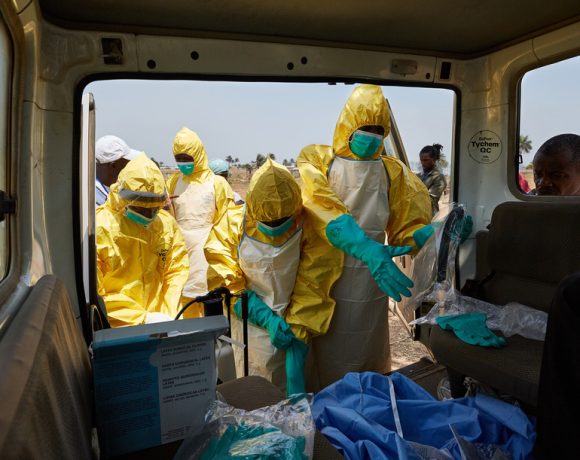1.8 Billion Adults Risk Ill Health From Physical Inactivity

WHO: Worrisome Global Trend
A concerning new report reveals that almost one-third (31%) of adults worldwide, equating to approximately 1.8 billion individuals, failed to meet recommended physical activity levels in 2022.
Published by the World Health Organization (WHO) in collaboration with academic researchers, the findings highlight a troubling rise in physical inactivity over the past decade, with levels expected to climb further.
If current trends persist, global physical inactivity rates will reach 35% by 2030, jeopardising international targets to reduce inactivity-related health risks.
The WHO recommends that adults engage in 150 minutes of moderate-intensity or 75 minutes of vigorous-intensity physical activity per week to mitigate risks such as cardiovascular diseases, type 2 diabetes, dementia, and certain cancers.
Dr Tedros Adhanom Ghebreyesus, WHO’s Director-General, highlighted the missed opportunities in disease prevention: “These new findings underscore the urgent need to address physical inactivity through robust policies and increased funding. We must decisively reverse this worrying trend and improve public health globally.”
Regional disparities were notable, with the highest rates of physical inactivity recorded in the high-income Asia-Pacific (48%) and South Asia (45%) regions. In contrast, rates were lower in high-income Western countries (28%) and Oceania (14%).
Gender and age disparities were also evident, with women globally (34%) more inactive than men (29%) and older adults over 60 showing lower activity levels.
Dr Rüdiger Krech, WHO’s Director of Health Promotion, stressed the urgent need for innovative strategies: “Physical inactivity poses a silent threat to global health, contributing significantly to chronic disease burdens. By making physical activity accessible and enjoyable across communities, we can mitigate these risks and foster healthier populations.”
Despite these challenges, progress has been noted in several countries over the past decade. Twenty-two nations are currently on track to achieve the global target of reducing physical inactivity by 15% by 2030, reflecting positive policy implementation and community engagement efforts.
In response to these findings, the WHO urges countries to intensify efforts to promote physical activity through community sports, active transportation, and other inclusive measures.
Dr Fiona Bull, Head of WHO’s Physical Activity Unit, stressed the importance of collaborative efforts: “Effective promotion of physical activity requires a comprehensive approach that involves governments, civil society, and private sectors to create supportive environments for active living.”
Featured image: Twenty-two nations are currently on track to achieve the global target of reducing physical inactivity by 15% by 2030. Credit: Jonathan Borba












